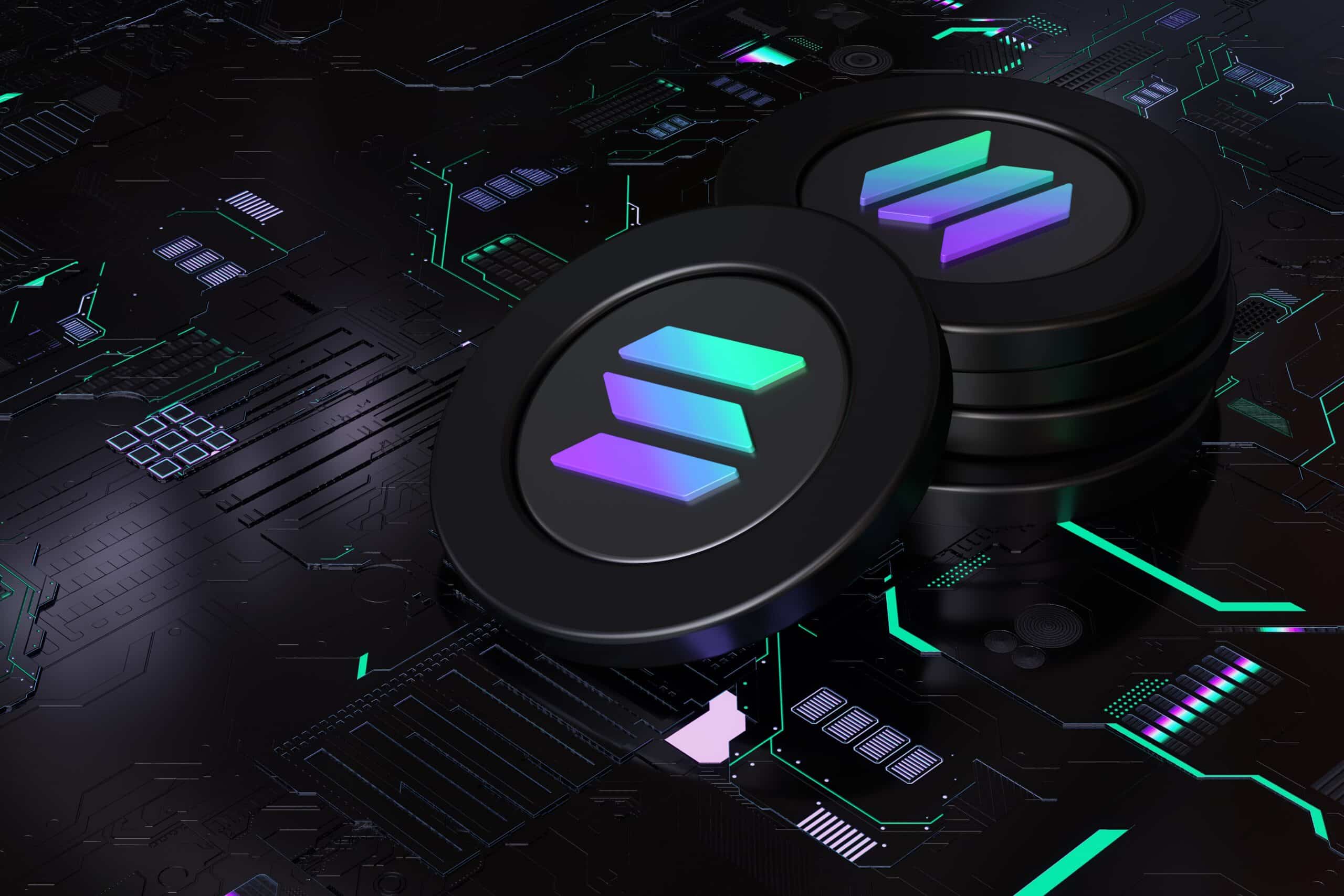Whispers that next big crypto exchange-traded fund (ETF) to be approved could be a Solana-based fund were further intensified as asset manager VanEck filed an application to launch a spot Solana ETF on Thursday.
The firm’s head of digital assets Matthew Sigel said on X that VanEck believes that SOL should be treated as a commodity because of its decentralized nature, high utility and economy feasibility.
The U.S. Securities and Exchange Commission’s (SEC) approval of spot bitcoin and ether ETFs came after futures products for both assets had already been trading for a few years, while notably, there is no futures ETF based on Solana.
Bloomberg senior ETF analyst Eric Balchunas suggested that a change in leadership at the SEC or the US government could potentially sway the tides in favor of its approval. Crypto lawyer Jake Chervinsky noted that there is nothing that prevents the SEC from approving a crypto ETF without an existing futures market.
Crypto trading firm GSR analyzed the likelihood of additional crypto ETFs in a June 27 report, focusing specifically on the odds of a Solana-based fund.
“Solana has cemented itself as part of crypto’s Big Three. And with the others having or on the cusp of a spot ETF, not only is it likely just a matter of time before Solana gets one too, but also the impact on SOL just might be the largest yet,” said GSR analysts.
The firm ranks SOL with a “decentralization score” of 0.4, making it the second most decentralized based on validator distribution, governance and minimum validator requirements after ETH which was ranked 0.5.
In terms of demand, which considered market indicators, assets under management for existing products and network activity metrics, SOL ranked 0.7 and ETH ranked 1.5.
GSR combined its decentralization and demand scores to arrive at a final ETF possibility score, where SOL ranked 0.58 and ETH ranked 1.13. It is worth noting that native tokens of other blockchains such as NEAR and AVAX had negative scores in GSR’s analysis.
“Solana may increase 1.4x under the bear flows scenario, 3.4x under the baseline scenario, and 8.9x under the blue sky scenario,” said the analysts.
“Moreover, there are reasons to believe the impact could be higher than these estimates, since unlike BTC, SOL is actively used for staking and within decentralized applications and as the relationship between relative flows and relative size may not be linear.”



